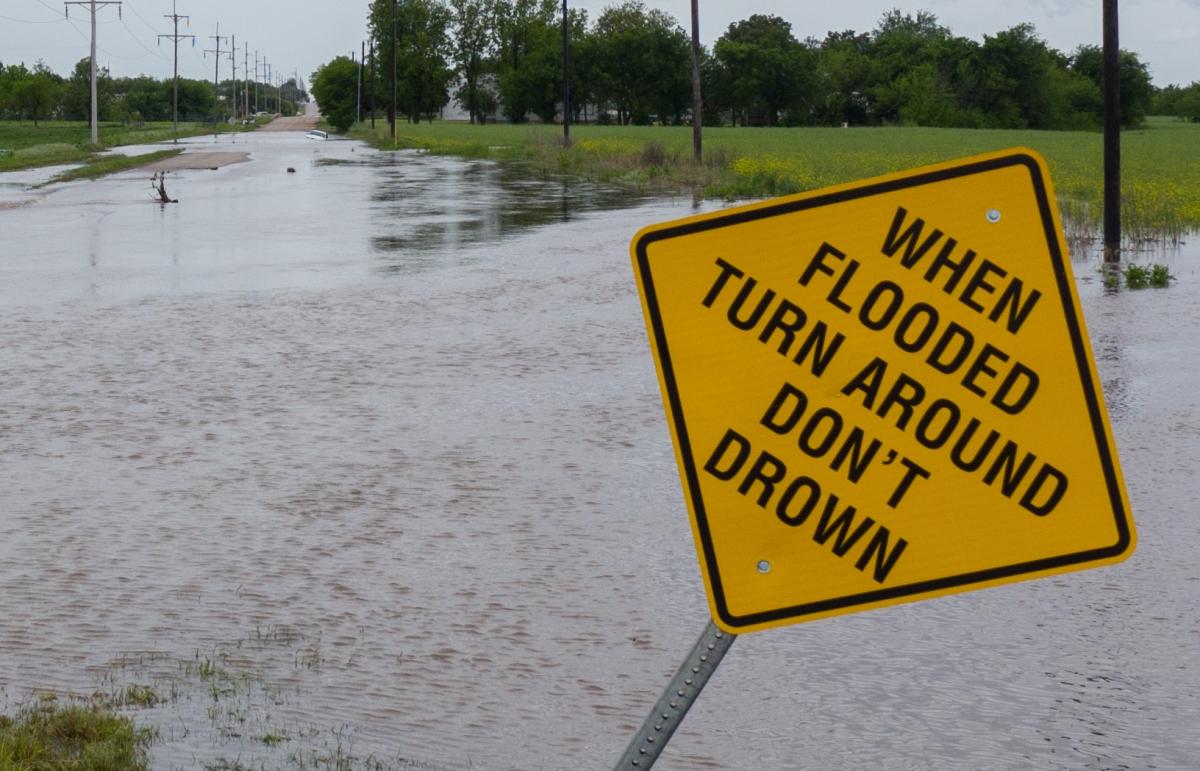How to Assess Damage After A Flood
 Photo Courtesy of David Ewoldt, www.okweatherwatch.com
Photo Courtesy of David Ewoldt, www.okweatherwatch.com
As Oklahoma dries out before more rain is expected next week, it’s important to assess your infrastructure for floodwater damage.
On May 24, Gov. Stitt placed all counties under a state of emergency because of flooding, severe storms, tornadoes and winds that started in April. Six people have died so far across the state because of the severe weather.
According to the Oklahoma Department of Emergency Management, floods are the most common and widespread of natural disaster except fire. The Midwest’s “Great Flood of 1993” caused more than $12 billion in damage and the recent flood events may be the “worst flood in our history”.
As the floodwaters recede, here are some tips on what to look for as you inspect the damage and assess your infrastructure:
Dams:
- Damage due to flow in spillways or downstream channel immediately below dam
- Backward headcutting in earthen spillways or outlet channels at the end of concrete spillways
- Any cracks or adverse movement of concrete structures
- Inspect the slope at the toe and slightly beyond for emerging/worsening pre-existing seepage
- Inspect upstream slope above water line, crest, and downstream slope for cracks or bulges signifying slope movement or sloughing
Bridges/Roads:
- Cracks in the roadways
- Uneven surfaces or undulations of roadway surfaces
- Check road slopes in flooded areas because water may erode soil from under the roadway
- Profile of a traffic barrier wall or rail of the profile of a bridge deck to assure there are no abrupt drops, which would indicate a possible issue with damage to the bridge’s foundation
- Scour holes or heavy erosion around pier or abutment foundations
- Look around wingwalls and approach slabs of a bridge and make sure nothing is washed out
Stormwater Drainage:
- Check all storm drain structures for debris and trash, very likely clogged by debris. Often times, debris will be present which can clog the drainage structures and preventing proper conveyance.
- Stream beds especially at a curve or bend are susceptible spots for erosion. These areas should be carefully checked for bank stabilization as these areas may sluff off (fall) into the creek and can be dangerous to walk on.
- Check outlet structures for detention (dry ponds) and retention (wet pond) facilities. With high water, the outlet structures may get damaged or clogged with debris.
As the Oklahoma Water Resources Board points out, document all damage of structures in the Special Flood Hazard Area with photos, document high water marks and their location. Property owners are encouraged to contact their insurance agents.
As displaced residents return to their homes, here are some tips to keep them safe:
- Photograph damage to your property for insurance purposes.
- Wear gloves and boots to clean and disinfect.
- Prevent mold by removing wet contents immediately. Remove and throw out drywall and insulation that was contaminated with flood water or sewage.
- Listen to a water advisory from local authorities to find out if your water is safe. Use only bottled, boiled or treated water for drinking, bathing and food preparation until authorities tell you that your water supply is safe. The Oklahoma Department of Environmental Quality is also offering free bacteriological testing of private water wells that have been submerged in flood water. Click here for more information.


